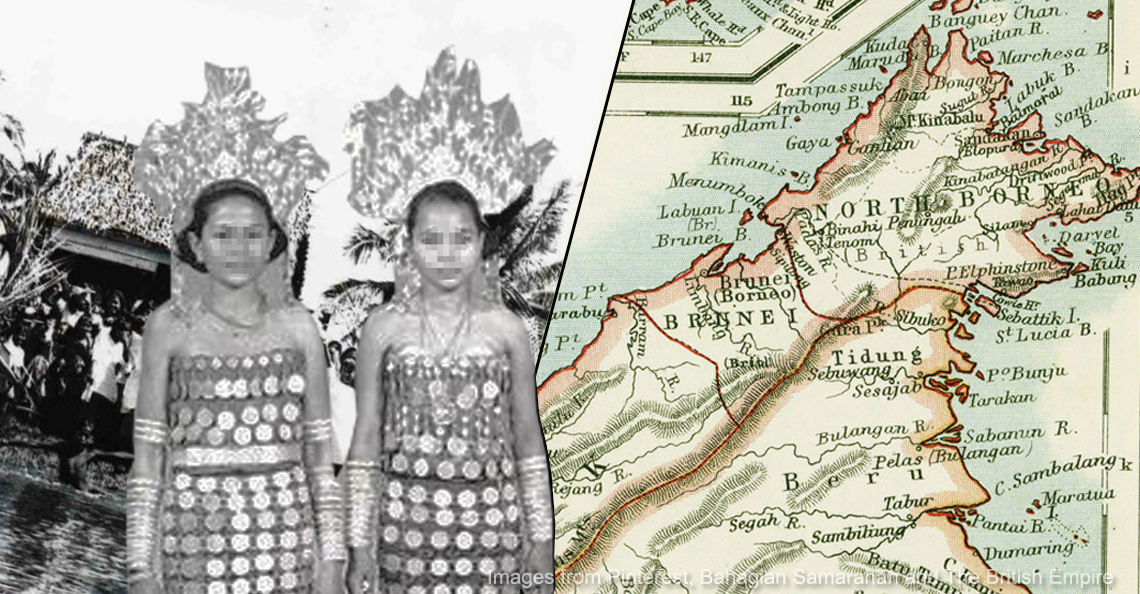Why is Malaysia so angry over this line that China drew?
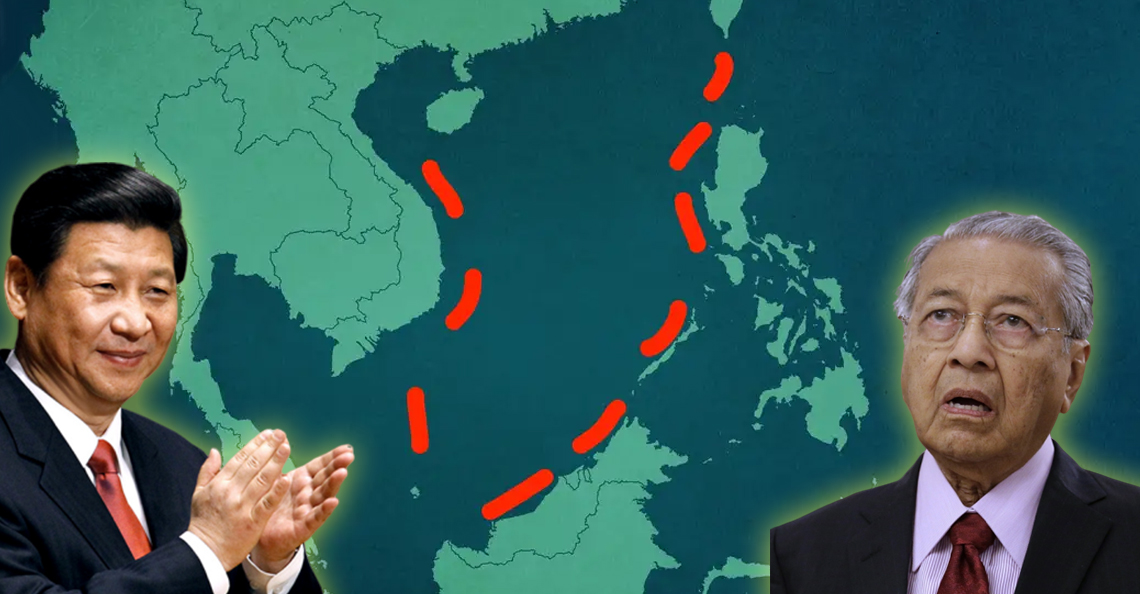
- 1.5KShares
- Facebook1.4K
- Twitter10
- LinkedIn7
- Email8
- WhatsApp43
It’s not the first time we’ve had an argument with our frenemy China, but our Minister of Foreign Affairs Saifuddin Abdullah has just fired some shots at them over a line on a map. Sounds minor, but it’s actually more serious than one might think:
“For China to claim that the whole of South China Sea belongs to China (by drawing the line), I think that is ridiculous.” – Saifuddin Abdullah, Minister of Foreign Affairs
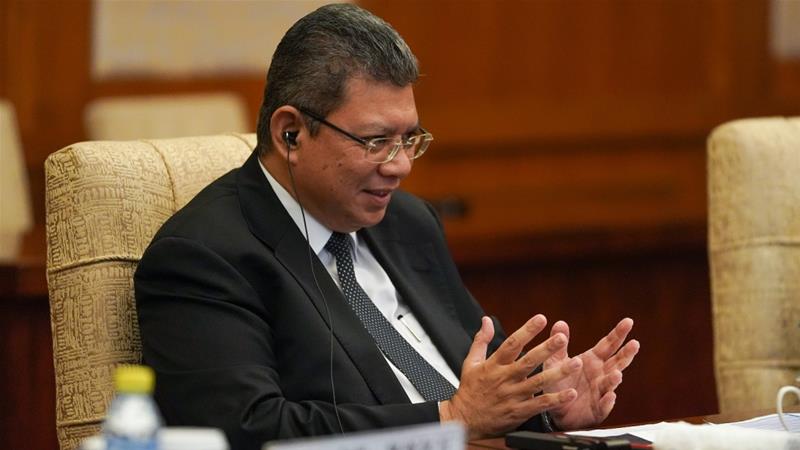
This was in response to China’s protests against a new submission submitted by Malaysia for the UN to clarify the outer limits of Malaysia’s territory in the South China Sea, as there are ‘potential overlapping entitlements’ beyond its own ‘exclusive economic zone’ (EEZ).
So why has such a big fuss been made over this line, and more importantly, what does it mean for Malaysia-China relations?
It’s called the ‘nine-dash line’, and China’s been drawing this line since 1947
After the navy of the victorious Republic of China moved to claim formerly Japanese-occupied islands (including the Spratlys) in the contested part of the South China Sea, they redrew their maritime territorial boundaries on their version of the world map. These territories, marked by a dotted (or ‘dashed’) line were then inherited by the Communist Party after their takeover of China.
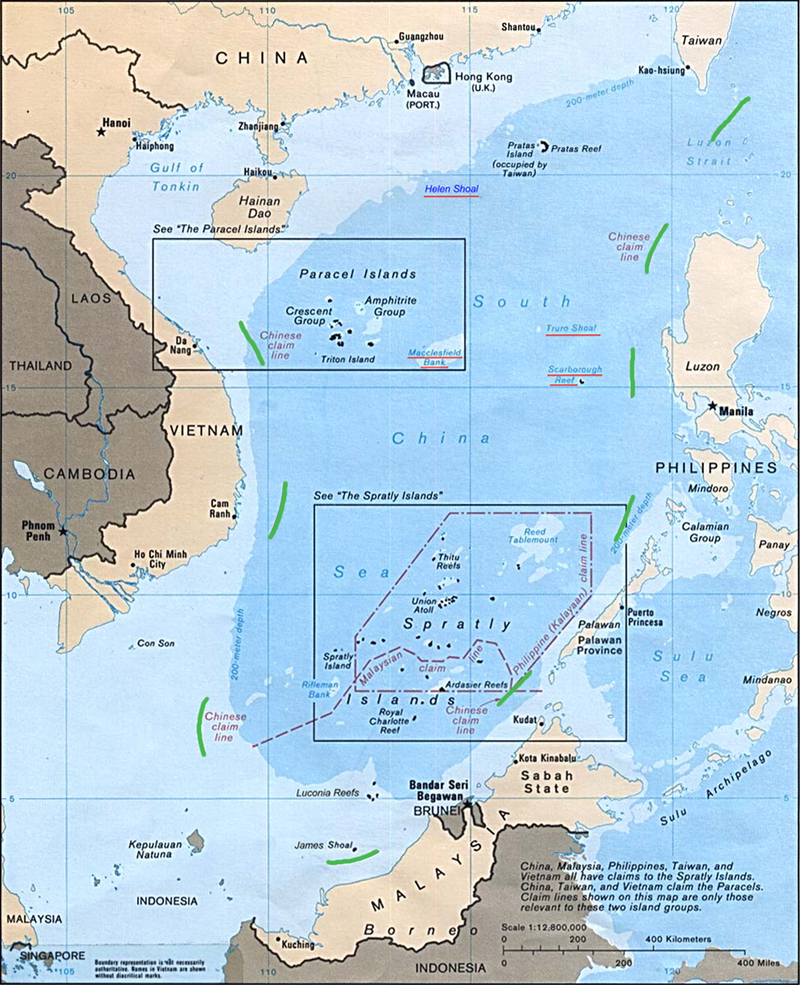
However, China’s claim is problematic; given the contested status of that part of the South China Sea, several other countries also have claims to the area, namely, Malaysia, Philippines, Taiwan, Brunei and Vietnam. What’s more is that China’s nine-dash line covers around 90% of those contested waters, meaning there won’t be any scraps for the others if their claim is allowed to stand.
And worse still…
The South China Sea has become a hotly contested area among everyone
As can be seen from the map above, that part of the South China Sea would prove a major boon for any nation who controls it, partly due to its close proximity to the region’s major players. And who wouldn’t want to control it; as we’ve mentioned in a previous article, more than US$3.4 trillion worth of goods are transported through the South China Sea every year.
On top of that, the South China Sea has become the centre of a game of international military one-upmanship, with even the US Navy staging ‘grey area’ patrols in the region, allegedly to challenge China’s ‘bullying of their neighbours’. Interestingly, one of the given reasons for Malaysia’s latest South China Sea claim is that Malaysia needs to ‘boost its naval capabilities’ in order to ‘better manage our waters should there be a conflict between major powers in the South China Sea.’
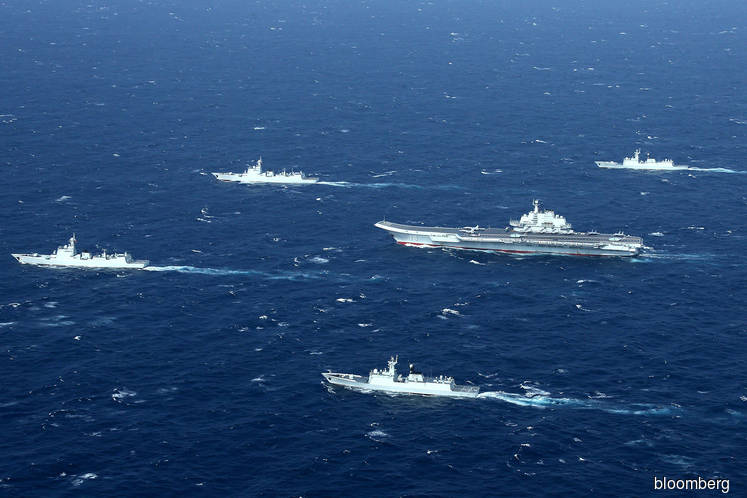
This actually isn’t our first claim to the area; back in 2009, a joint Malaysia-Vietnam claim was launched to expand the outer limits of the two countries’ maritime area, to which China responded that they ‘historical rights’ to the area, as they claim that had ‘accepted the Japanese surrender and reclaimed the region with legal backing and the authorisation of the Allies’.
In 2016, the Philippines also challenged the Nine-Dash Line at the Permanent Court of Arbitration in The Hague, arguing that the line exceeded marine entitlement limits dictated by the UN Convention on the Law of the Sea (UNCLOS). The court ruled in favour of the Philippines, stating that China had ‘no historical rights’ based on the nine-dash line map. China, of course, wasn’t pleased, and rejected the ruling.
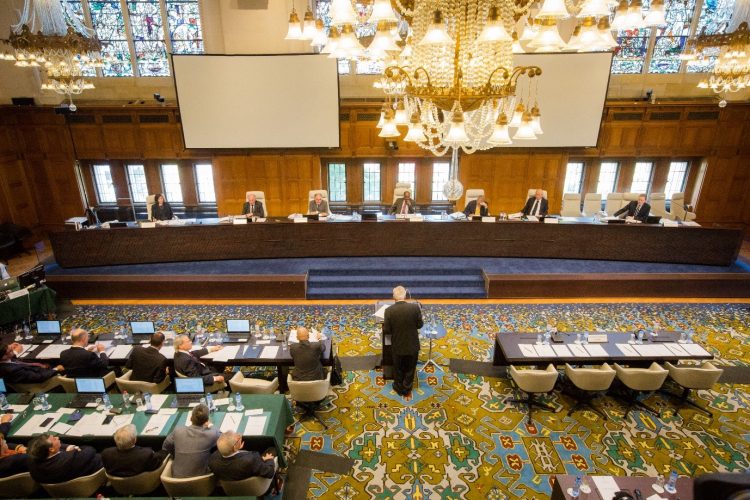
There has been much confusion over the years thanks to the lack of clarity over territorial boundaries as the countries involved have been known to unwittingly encroach into each other’s territories. Fishermen have been attacked at sea (sometimes killed), China and Vietnam have traded shots over a Chinese oil rig deployed in Vietnam’s exclusive economic zone (EEZ), and Malaysian fishermen off the coast of Sarawak have had their livelihoods hurt:
“[Our] fishermen were chased from the shoals by the Chinese Navy boats and now they dare not go near the place to fish.” – Jamali Basri, chairman of the Miri Fishermen Association
Long story short, the whole thing’s a huge mess, really. So how is the international community planning to clean up said mess?
Well there’s actually been a deal in place since 2002, just that no once seems to care
Surprise, surprise, it turns out that there’s actually already a South China Sea code of conduct in place, called the Declaration of Conduct of Parties in the South China Sea (DOC), signed way back in 2002. So why hasn’t it worked?
Well, the main issue was that the DOC was merely a non-legally binding agreement, so no one really had to take it seriously. That being said, ASEAN is currently working on a unified, legally-binding South China Sea Code of Conduct (COC) with China. However, this fix doesn’t appear to be 100% for the time being, as the nations involved can’t seem to agree on a lot of things.
While it looks like China is sticking to its guns in the whole South China Sea dispute, thankfully they still appear to be open to dialogue, albeit on a one-to-one basis, rather than with the whole of ASEAN at once. For example, in August of this year our Foreign Minister met with his Chinese counterpart Wang Yi to set up a ‘bilateral consultation mechanism for maritime issues’.
Baby steps, then.
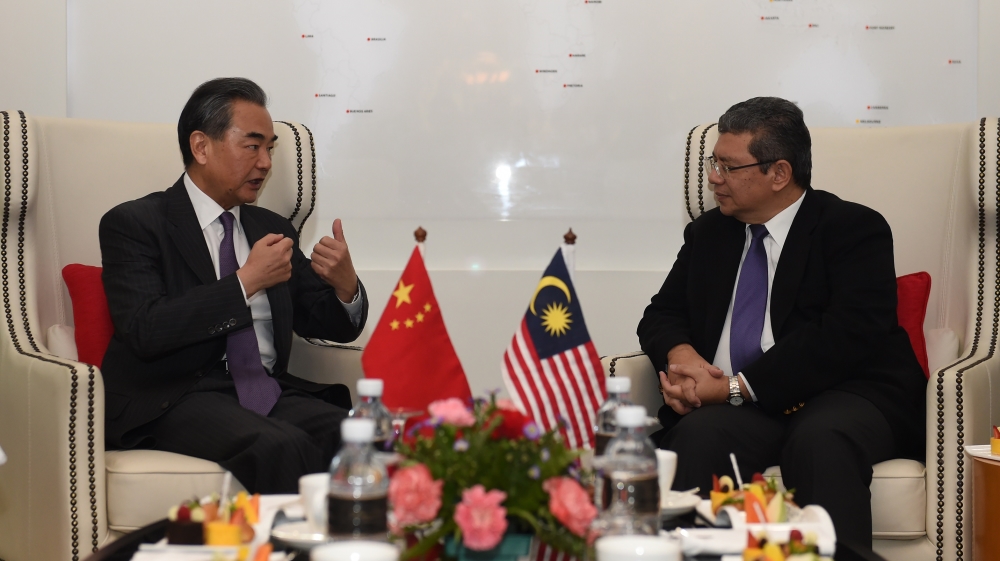
Despite increasing pressure from all quarters, China probs won’t be backing down anytime soon
One thing that China’s Xi Jinping is not known for is backing down from a challenge. With the recent lauching of a new, self-built aircraft carrier, the Shandong, and another six well on the way in the decades to come, China’s power flex seems to have only just begun.
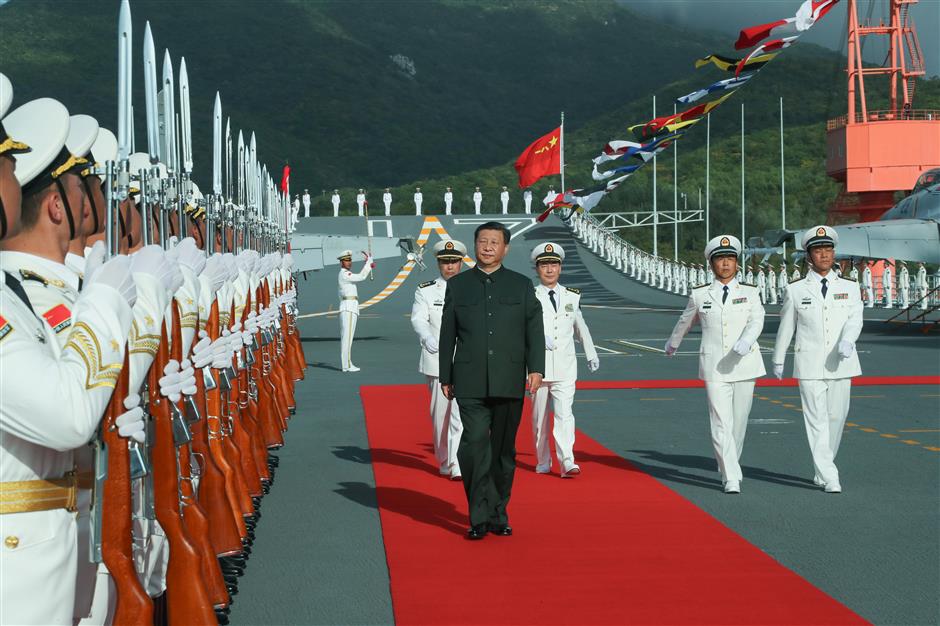
As for Malaysia-China relations, the nine-dash line dispute is the latest in a string of spats: earlier this year, during his visit to Beijing, Tun Dr. Mahathir appeared to launch a veiled attack on his hosts:
“We do not want a situation where there is a new version of colonialism happening because poor countries are unable to compete with rich countries, therefore we need fair trade.” – Tun Dr. Mahathir
Besides that, the recent reports of Uighurs being detained and tortured have further stained local opinion of China. The Belt and Road comic by Superman Hew (which was banned due to ‘communist-promoting elements‘) only added fuel to that fire.
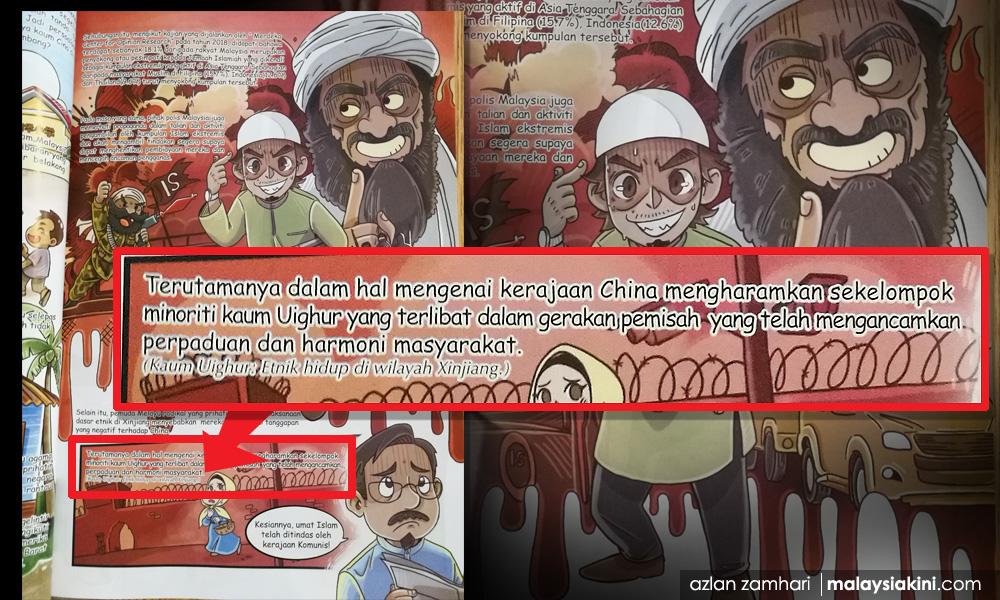
Admittedly, the whole Malaysia-China dynamic is an awkward one indeed. Despite all of the friction, they’re still our largest trade partner, and have been for the past 10 years; last year we racked up an estimated $76.7 billion in trade, 16.7% of Malaysia’s total trade.
It’s a sticky situation that no amount of hours on Sid Meier’s Civilization V can solve, so no one’s really envying our Minister of Foreign Affairs at the moment. That being said, with the South China Sea situation far from over, we’ll just have to wait and see on how China responds to our latest rebuke on their nine dash line.
- 1.5KShares
- Facebook1.4K
- Twitter10
- LinkedIn7
- Email8
- WhatsApp43

